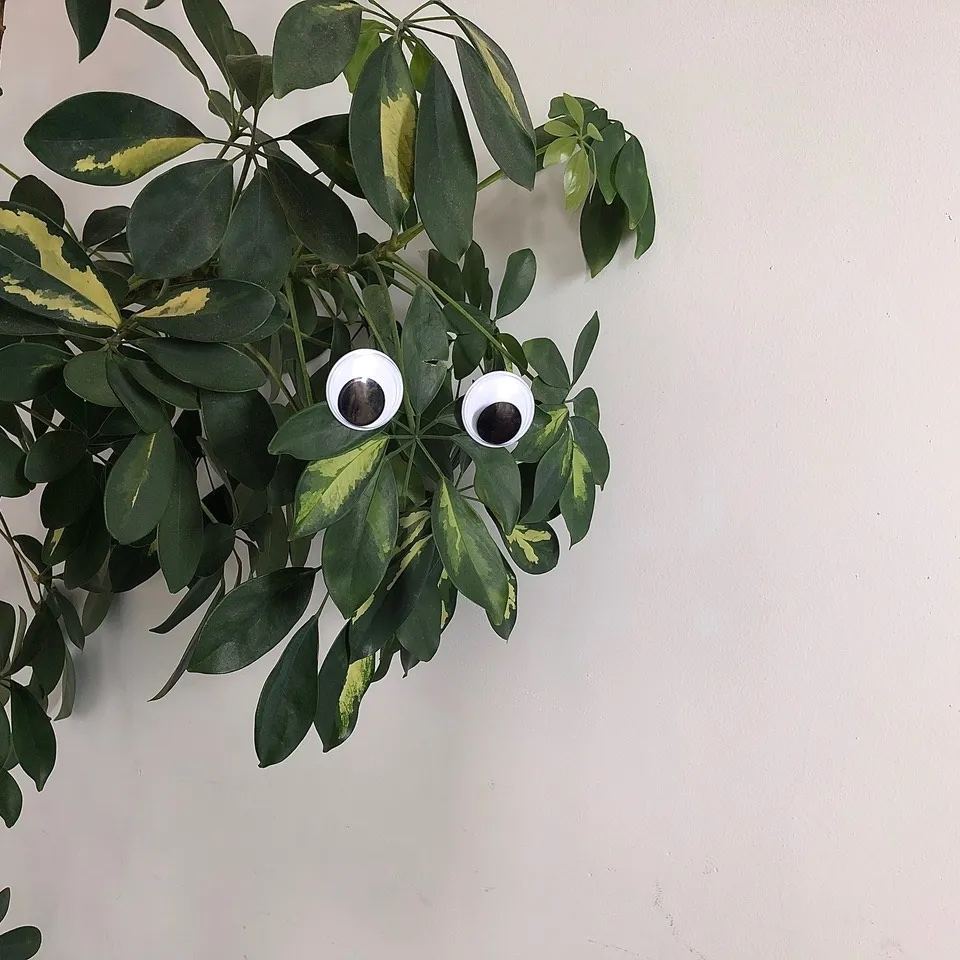
A week or so ago one of my “friends” sent me a link to a new journal article that claims plants can “see.” (The use of quotes here indicates that plant vision is suspect, as is the friend status of the person who sent the article.) Of course, dissecting the claims in this article became an all-consuming task for the next several hours. And rather than writing off those hours as never to be reclaimed, I decided a blog post would at least set those thoughts down to save other skeptics the time.
The article can be found here; it reports on the ability of leaves to mimic other leaves. While the concept of leaf mimicry is not new and has been seen in agricultural weeds for decades, this article goes a step further in claiming that plants can actually see the leaves they are to meant to mimic.
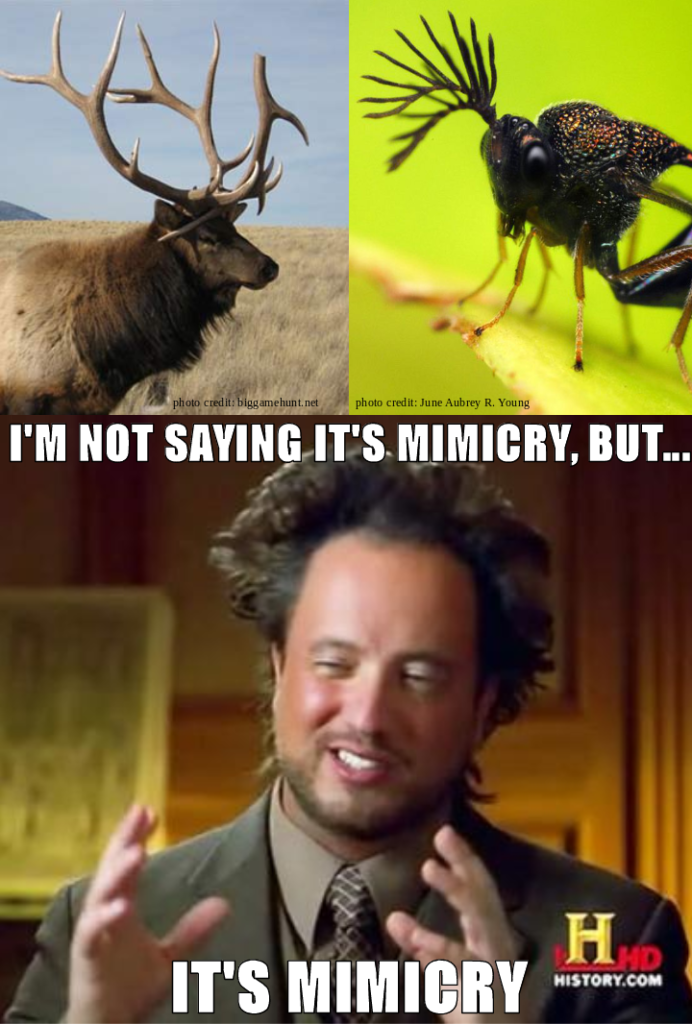
But let’s back up a bit to explore leaf mimicry, which is a thing. Leaf mimicry serves to protect plants against herbivory and other types of removal (like weeding). This phenomenon was reported decades ago where agricultural weeds were shown to change their morphology to more closely resemble the desired crop. The benefit is obvious: if a weed looks like a crop plant, it is unlikely to be removed through hand weeding. Likewise, if a weed resembles a poisonous plant, herbivores that are visual learners will avoid these weeds. When some plants of a species are disproportionately allowed to survive (i.e., not eaten or removed), they reproduce better. Higher reproductive capacity means more offspring: this is the process of natural selection. We can even see this in dandelions in our lawns and gardens.
One astounding leaf mimic is Boquila trifoliolata (a tropical woody vine). This vine can be found on several host trees, where it mimics the leaves of each host and thus avoids herbivory (this short article by Gianoli and Carrasco-Urra is worth reading).
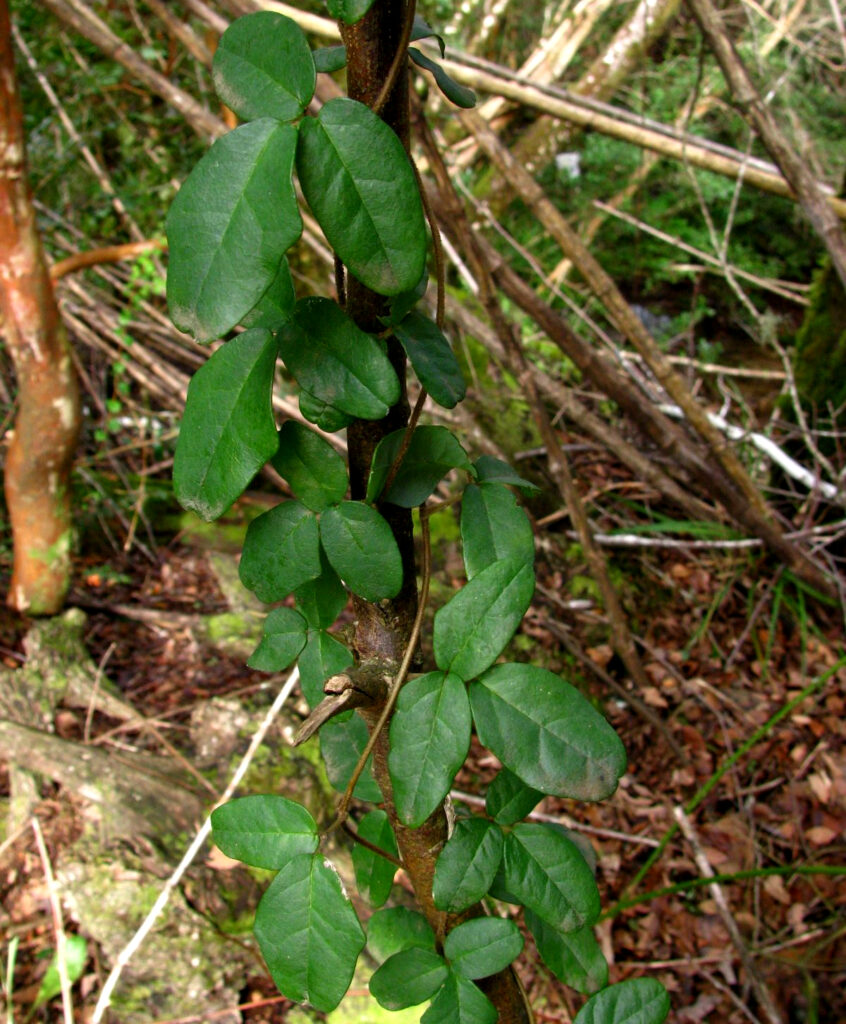
The article I’m currently dissecting doesn’t report on field observations of mimicry; instead, it looks at an indoor situation where B. trifoliolata is grown in the presence of artificial leaves. The authors claim that the leaves on the living vines began to take on the shape of plastic leaves on artificial vines located on a shelf above them. Despite Gianoli and Carrasco-Urra’s earlier speculations that horizontal gene transfer or volatile chemical signals might trigger the mimetic response, these authors propose that plants can see the artificial leaves and adjust their leaf morphology accordingly. They base this hypothesis on papers written over a century ago that suggest plants have ocelli (“little eyes”) as a way of sensing light. Of course, a century ago we were decades away from discovering pigments such as phytochrome and cryptochrome, both of which inform plants about light conditions in their environment.

There are a lot of problems with this paper; it would take me a separate blog post to critique the Materials and Methods section alone. But the biggest red flag for me was the following paragraph:

This reflects significant author bias: the experiment didn’t work in the winter, so they did it in the spring and summer to see if they got results they liked better. And apparently they did.
| SIDEBAR: Other potential red flags that careful readers might note include *A lead author with no apparent connection to an academic institution *A journal (Plant Signaling and Behavior) that focuses on the questionable field of “plant neuroscience” *An experiment performed under vague and uncontrolled conditions *Typos, grammatical errors, and awkward writing throughout |
I’d like to propose a couple of different reasons that these leaves may have changed shape in the summer and not the winter:
- Summer months are hotter and brighter than winter months. The experimental leaves were exposed to increasing heat and water loss compared to the shaded control leaves. Newly expanding leaf morphology changes in response to changing environmental conditions.
- Under increasingly hot temperatures, plastic releases volatile chemicals, many of which are toxic. Leaf morphology has been demonstrated to change in response to air pollutants.

This is a deeply flawed article based on a poorly designed experiment and reflects significant author bias in the interpretation of the results.
And just for more cowbell, here is Christopher Walken’s take on plant ocelli.

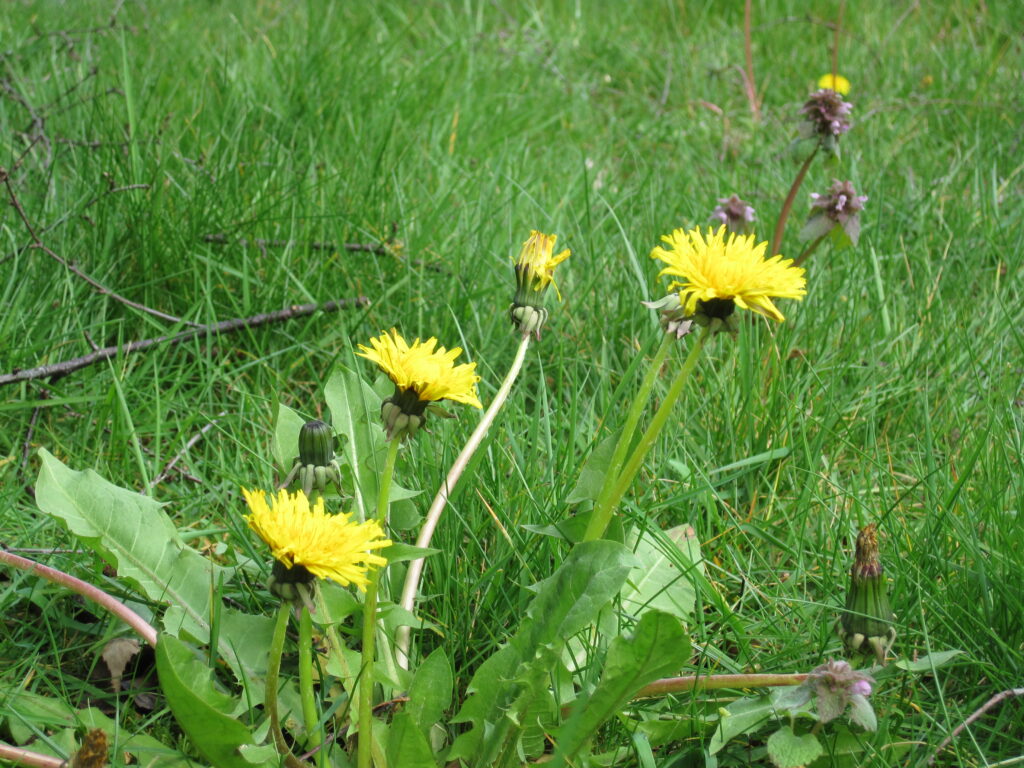

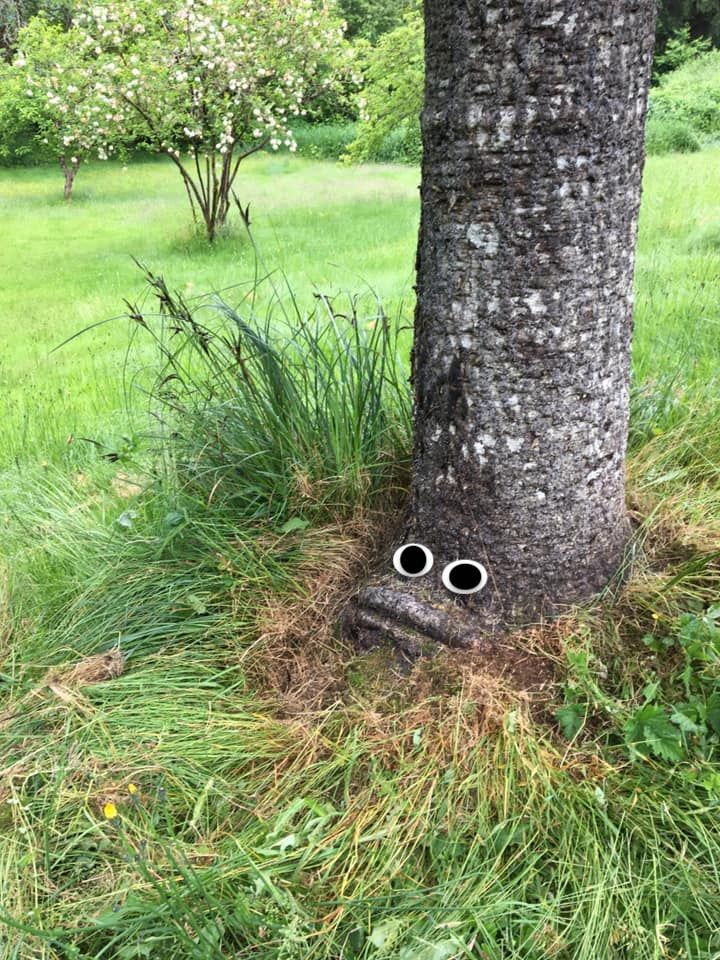
Never knew plant mimicry really was a thing.
In your “SIDEBAR: Other potential red flags that careful readers might note include” …
I would like to point out that someone is not wrong or right because they are are associated or not with an academic institution or journal or the quality of their writing skills. The only criteria should be if they can support their claims with GOOD data. Here, the poorly designed experiment without results duplicated by others should be all that matters. There are many good authors that are not recognized authorities on a subject but are good at teaching that subject well and support their writings with properly referenced studies. Of course there are others that don’t. There are many examples of academics and respected journals publishing claims that later proved to be false when proper studies were eventually performed. Even seemingly good data can later be seen as flawed when a new observation is made. Those of us working in science are experienced in sorting this out can still get it wrong at times so we are never 100% sure of a result.
Unfortunately, I find that most people are poorly skilled in sorting good references from bad and therefore rely on experts to do it for them. But then they stumble on sorting what constitutes an expert.
Solving the issue of misinformation is a tough problem. Academic peer review is our best answer in science and maybe that needs to be taught better, but even that is imperfect.
There is a lot we do not know about the mysteries of life and we need to keep an open mind when faced with new concepts. We must remain careful not to jump to conclusions one way or the other without good data … and always evaluate how many grains of salt to accept with the data.
Oh I agree completely. That’s why it’s simply under the list of potential red flags. It warns the reader that extra care many need to be taken in looking at experimental design and data analysis.
The Walken commentary is priceless!
Liz, so good to hear from you! Yes, Sylvia H-T. found that for me. Glad you enjoyed it too!